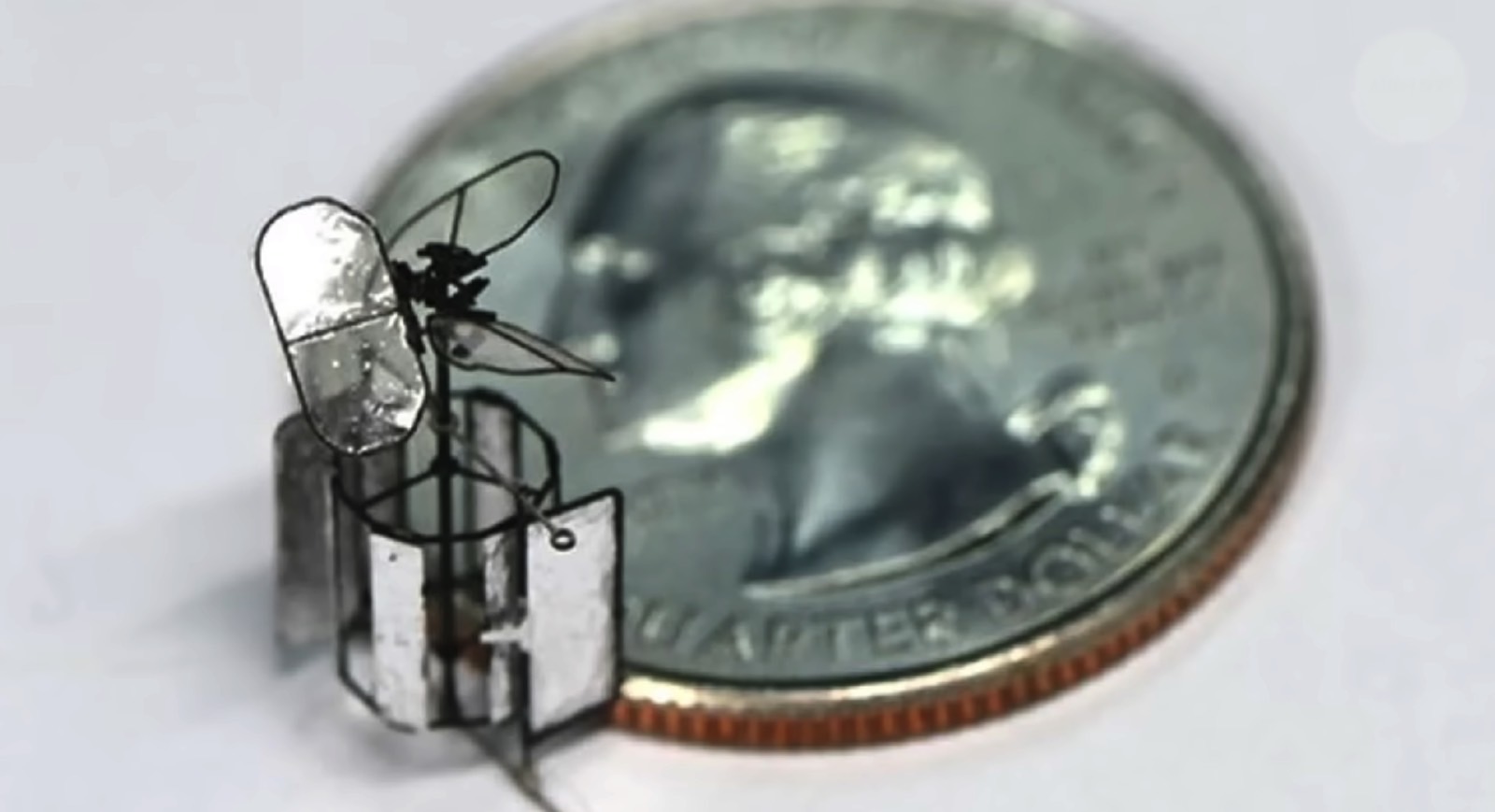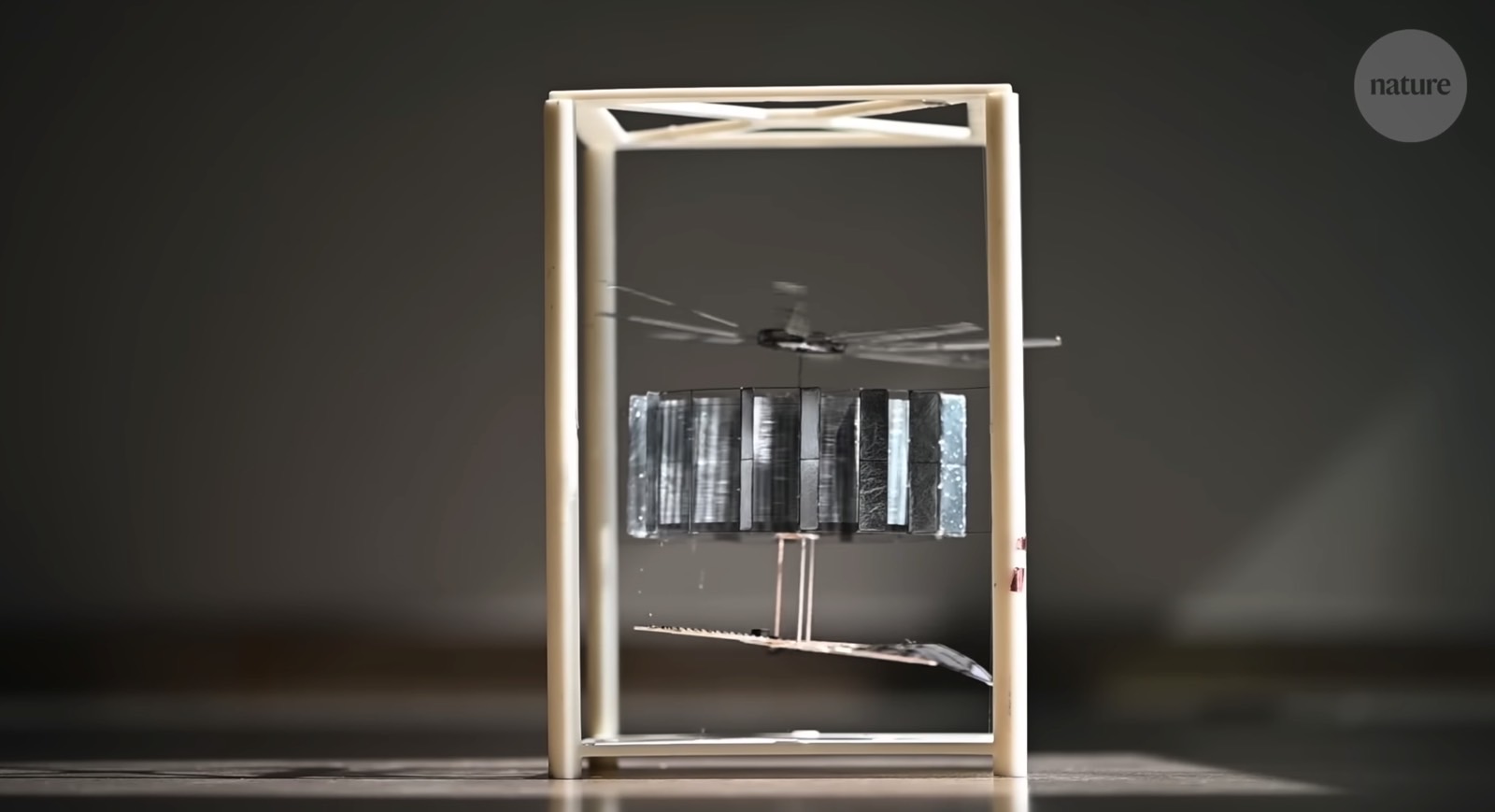No matter how cool, versatile, or sophisticated drones might be, they all suffer from the same problem: Limited flight time. They can only do so much on a single charge; you either have to wait until the battery is full to fly again or buy spares. I’m talking about commercial drones, not military drones that can stay in the air for hours or days.
However, researchers are already studying technology that would allow drones to stay in the air forever. During the day, the drone would harness the energy of the sun. At night, the drone would look at other sources, such as picking up 4G and Wi-Fi signals and turning them into energy.
There is one problem with these solar-powered drones that could potentially fly forever. They might be very small, at least initially. So don’t expect your next camera drone to feature solar-powered tech that can keep it in the air for days at a time.
How small are they? The researchers from Beihang University in China created a drone that weighs just 4.21 grams. That makes the CoulombFly incredibly light, but it’s not exactly tiny. It’s about as large as a hummingbird.
That said, I wonder whether it could survive in real-life meteorological conditions. It’s not enough to be able to make electricity from the sun and a wireless network if you can’t survive a gust of wind. But I’m getting ahead of myself. This is, after all, a research project only.
It’s not just the weather to consider. After a component failure, the prototype operated only for about an hour. That’s another problem that can ground a drone that could technically fly forever.
However, New Scientist points out that the researchers believe their technology can be adapted to create insect-sized drones that can stay in the air indefinitely.
Once that’s done, these devices could be used for communications, search-and-rescue operations, and spying.
Meanwhile, the researchers set out to solve two problems: The size of the solar panels and the efficiency of the motor.

First, reducing the size of a drone means the solar panels available would shrink. Therefore, they’d produce less energy. As for the electric motor, it might lose some of the energy to heat. These problems would impact the drone’s flight time.
Mingjing Qi and his team developed a drone that fixes both of them. First, a circuit scales the voltage from solar panels to between 6,000 and 9,000 volts. Then, an electrostatic propulsion system powers a rotor that measures about 10cm (4 inches) with minimal heat loss.
The motor has components arranged in a ring. These components have alternating electric charges, which create the power that spins the rotor blade. The rings will spin if there’s a power source, keeping the drone airborne.
The components are made from lightweight slivers of carbon fiber covered in aluminum foil. Their high voltage demands add an extra benefit. The current is reduced, which fixes the heat problem.
“The operating current is extremely low for the same power output, resulting in almost no heat being generated by the motor. The high efficiency and low power consumption of the motor allow us to power the vehicle with a very small solar panel,” Qi said in a statement. “We have managed to get a micro-aerial vehicle to fly using natural sunlight for the first time. Before this, only very large, ultralight aircraft could achieve this.”
As I said before, this ingenious design isn’t perfect. The 4.21-gram Coulomb Fly solar drone lasted only one hour before a mechanical failure brought it down. But that’s a problem that researchers can fix in future iterations. Also, the researchers plan to have this type of drone tap into radio signals for energy at night.
Then there’s the matter of steering the drone, which can’t be done in the current design. However, this concept is still in its early days.
The researchers also figured out that the 4.21-gram drone can carry a payload of 1.59 grams. That might be enough to place a camera or other components on it. In the future, the payload can be increased to 4 grams and then 30 grams. As for the insect-size drone, the researchers are also looking to create a drone with a rotor that measures just 1cm (0.39 inches) in diameter.
The following Nature video shows the Coulomb Fly drone in action, as well as the smaller model. The study, which is available in full in Nature magazine, provides more details about the solar-powered drone.

